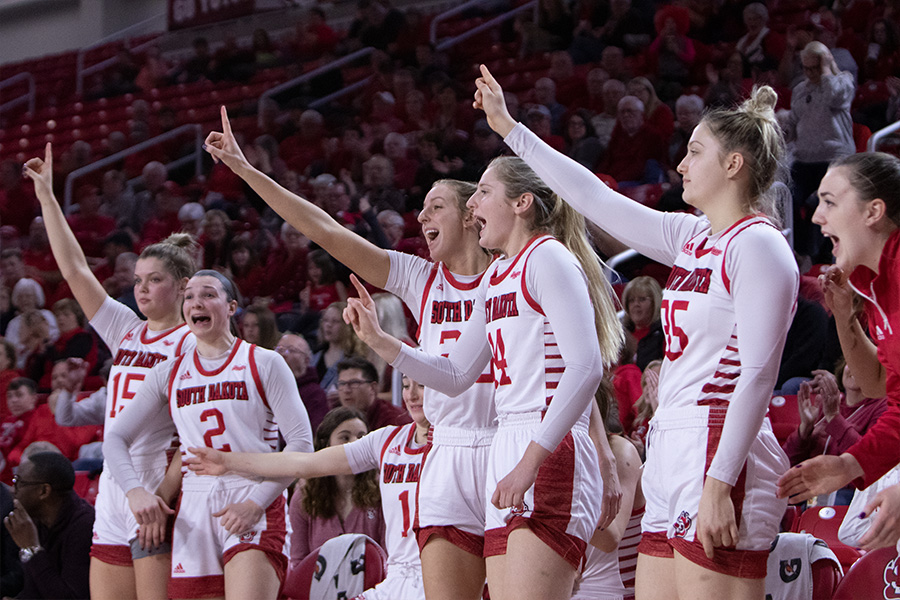Deadwood Archivists Work To Understand Chinese Artifacts
DEADWOOD, S.D. (AP) — It is likely the most unique and definitely the most diverse archaeological collection in the state. Soon, Deadwood Historic Preservation officials will be able to fill in one more piece of the Chinatown puzzle, as the office’s Chinese transcription project seeks to date and document specific objects within the collection to begin telling the larger story.
“We continue conservation measures and inventorying the Chinatown Archaeological excavation,” Deadwood Historic Preservation Officer Kevin Kuchenbecker told the Black Hills Pioneer ( ). “As we are investigating the catalogued assessment, there are artifacts within that huge collection we are taking the next steps to better understand. By knowing what certain characters and maker’s marks on certain artifacts say, it will help us identify when and where they were manufactured, which, in turn, will help us better understand the Chinese influence and settlement into the Gulch.”
At a recent Deadwood City Commission meeting, the Deadwood city archives was expected to request permission to enter into a contract with Dr. Priscilla Wegars, curator at the Asian American Comparative Collection at the University of Idaho-Kellogg to transcribe the Chinese characters stamped or inscribed on the city’s collection of opium can lids and opium pipe bowls at a cost of $2,400, which will come out of the city archives budget.
“We know that opium was an important part of the Chinese culture,” said Deadwood City Archivist Mike Runge. “This will help us interpret what it means to the experience in Deadwood, helping us paint a better picture of the Chinese presence in Deadwood . what did it mean to be Chinese, specifically, living in Deadwood Gulch?”
Known as “chop marks” or “money marks,” the Chinese characters on the opium pipe bowl fragments provide information on the manufacturer and date of manufacture of the opium pipe bowls.
There are 34 opium can lids and 71 opium pipe bowl fragments that contain characters.
“These objects were unearthed during the 2001 to 2004 Deadwood Chinatown excavations,” Runge said. “Upon conclusion of this project, the Historic Preservation Commission hopes to learn the age and mint location of the coins, what dynasty the coins originated from the manufacturer and manufacturing date of the opium pipe bowls and the name brand of the opium cans.”
In 2014, the Deadwood Historic Preservation Commission hired the Maryland Archaeological Conservation Laboratory to clean and stabilize 168 Chinese coins unearthed during the 2001 to 2004 archaeological investigations along Lower Main Street.
“These coins suffered ‘Bronze Disease,’ the chloride corrosion of cupreous (copper based) artifacts,” Runge said. “Upon their return last December, the once undecipherable Chinese characters are legible again.”
In the process of learning more about the coins, Runge also learned of their surprising uses, which apparently had nothing to do with classic coinage.
“They were used as good luck charms and for medicinal purposes, even for certain ceremonies,” Runge said. “Ironically, they were not used as currency.”
Ultimately, these projects will be on display for the public to enjoy, with the ultimate goal of telling more about the story of Deadwood’s early days and the Chinese influence on that development, with an interpretive exhibit containing various facets of the Chinatown excavation planned for installation in the Deadwood History and Information Center.
“Once transcribed, this information will be incorporated into the interpretive text for the Deadwood archaeological exhibit slated for 2016,” Runge said.
___
Information from: Black Hills Pioneer,

